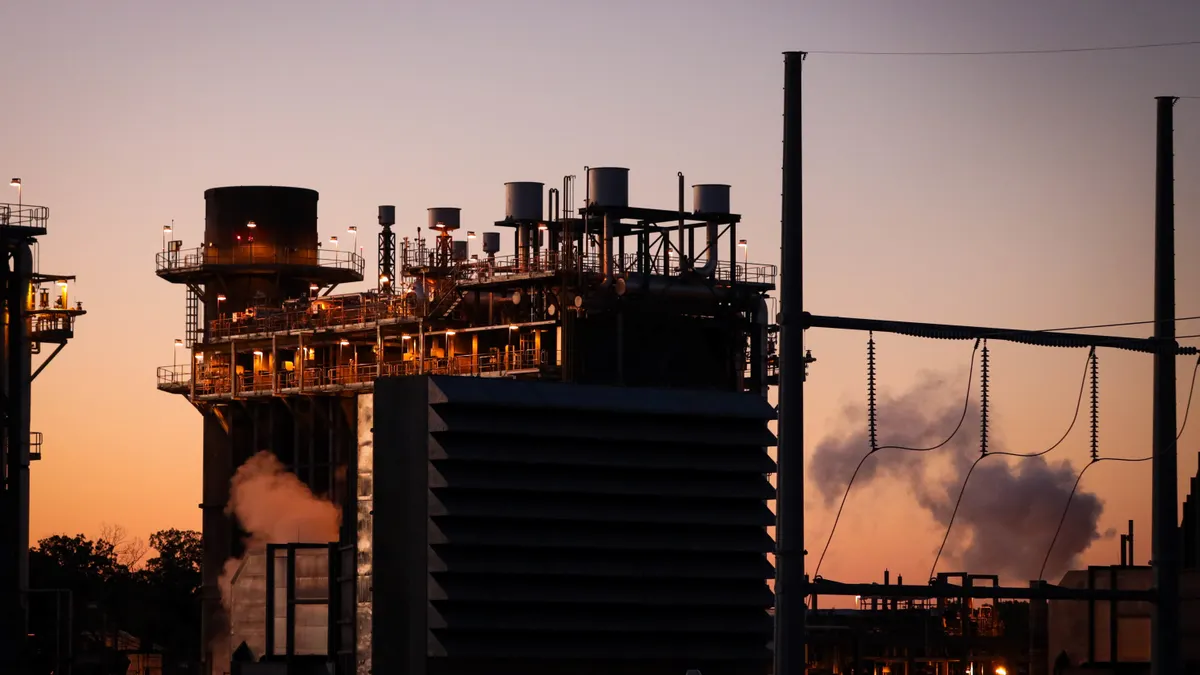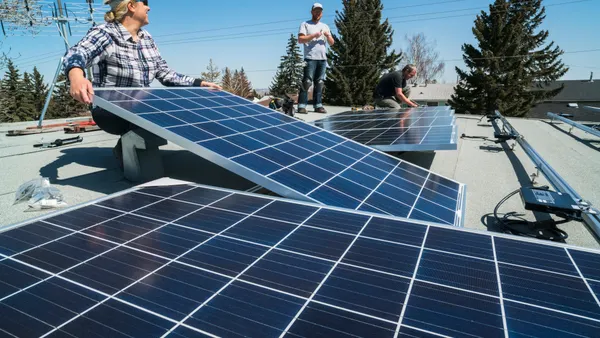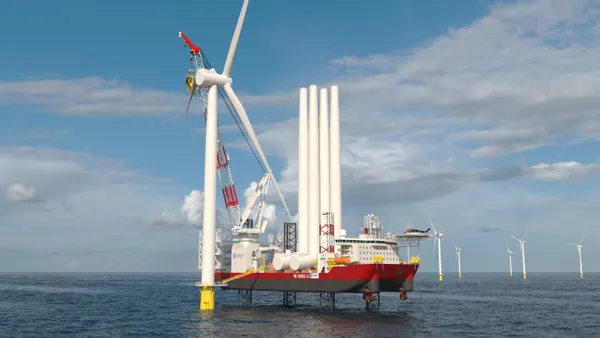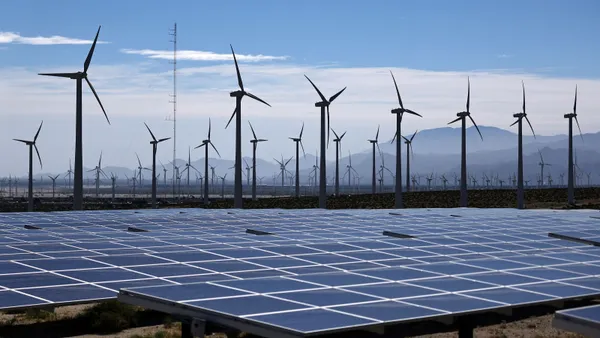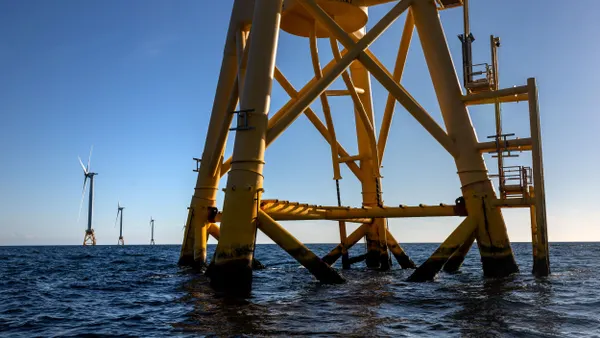The Inflation Reduction Act could deliver over $2.7 trillion in net benefits from 2025 to 2035, against $656 billion in costs, according to a Dec. 19 report commissioned by the American Clean Power Association and produced by ICF.
“The benefits extend across the energy sector, positively impacting renewable resources, oil, gas, hydrogen, nuclear energy, and battery storage systems as well as the power sector, transportation, manufacturing, and more,” ACP said in a release. “Among the most significant impacts in the last two years is the substantial increase in domestic manufacturing of clean energy systems.”
The IRA is expected to provide $740 billion in tax credits, the report said, which is estimated to motivate $2 trillion in private capital expenditures — “over $400 billion in the power sector, over $500 billion in buildings, and over $800 billion in transportation,” the report said.
ICF found that spending attributable to the IRA could total around $3.8 trillion across sectors like the supply chain, fuel consumption, and operations and maintenance. The report estimates that spending will create an average of 1.2 million jobs per year, and that those new jobs along with savings on energy costs will increase Americans' disposable income by a total of $846 billion from 2025 to 2035.
“Altogether, the total of these activities add nearly $1.9 trillion to U.S. GDP while eliminating 4.1 billion tons of CO2, bringing over $1 trillion in emissions benefits,” ICF’s report states. “In 2032, IRA increases jobs by 1.5 million over a no-IRA baseline, supporting high quality clean energy jobs and growth in industries supporting the clean energy transition, including in construction, manufacturing, and services.”
The report’s findings are endorsed by the U.S. Chamber of Commerce, the Edison Electric Institute, the National Electrical Manufacturers Association, the National Hydropower Association, and the Nuclear Energy Institute, said ACP’s release.
From the IRA’s passage in August 2022 to August 2024, associated “actual business and consumer investment [in clean energy technologies and infrastructure] totaled $493 billion, a 71% increase from the two-year period preceding the legislation,” according to an August Clean Investment Monitor report.
“Major manufacturing investments in batteries and solar [will] lead to a majority of job gains,” said ICF’s report. The authors expect the manufacturing industry overall to see “the largest gain in jobs, associated with substantial new and expanded domestic manufacturing facilities,” but project the construction industry to also benefit, “particularly in earlier years as manufacturing facilities are being built and expanded.”
ICF also estimates that “inter-industry linkages” will result in IRA-related job gains for industries like finance, insurance, real estate, utilities, state and local government, transportation and warehousing.





